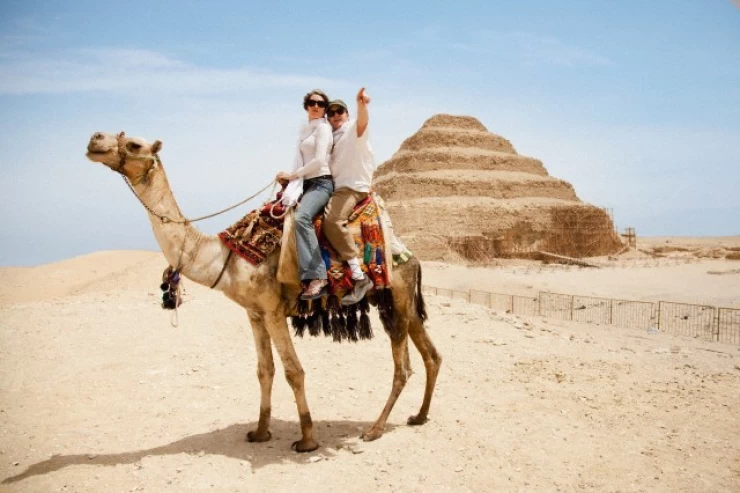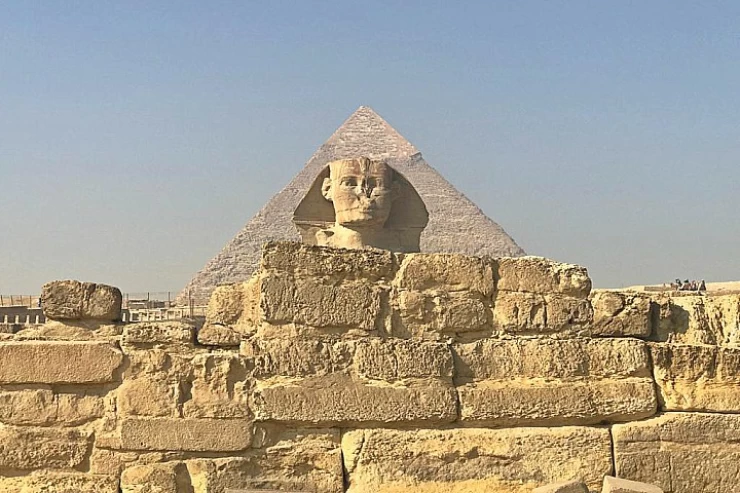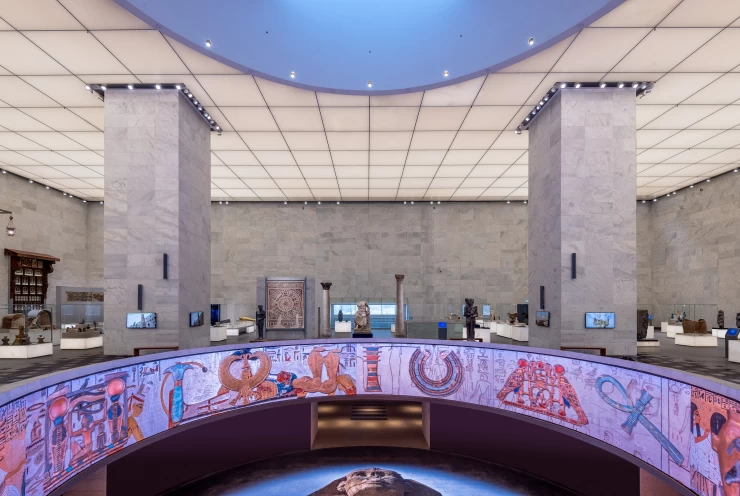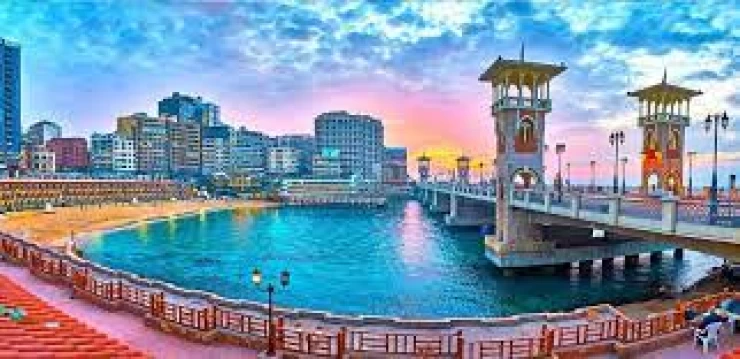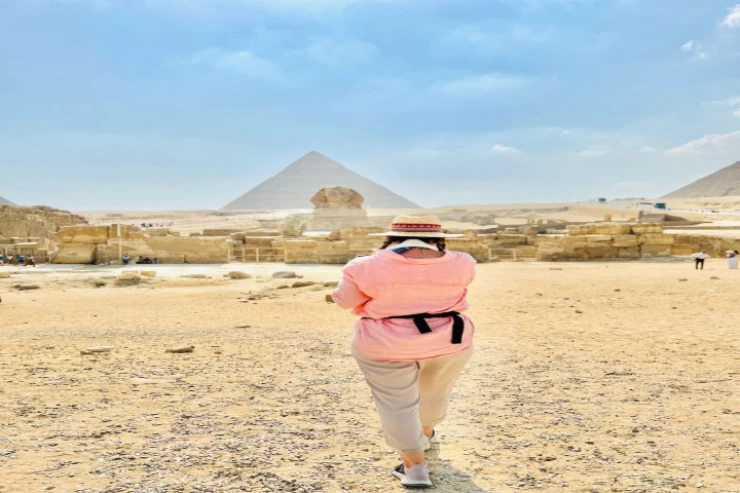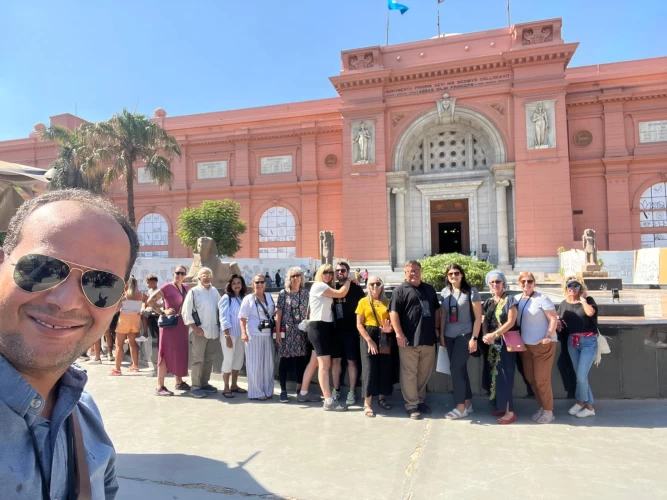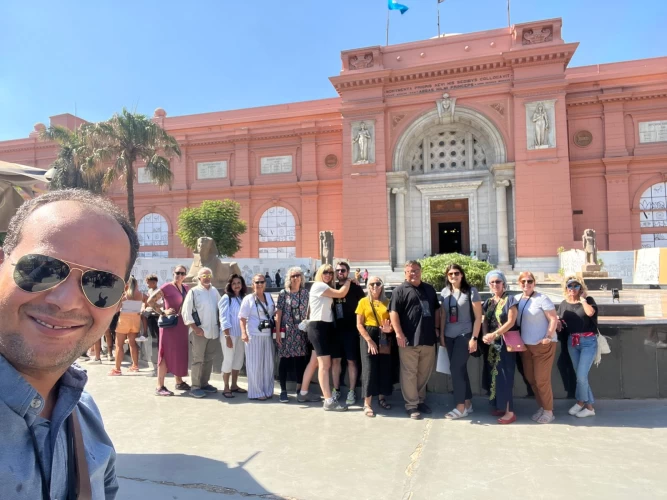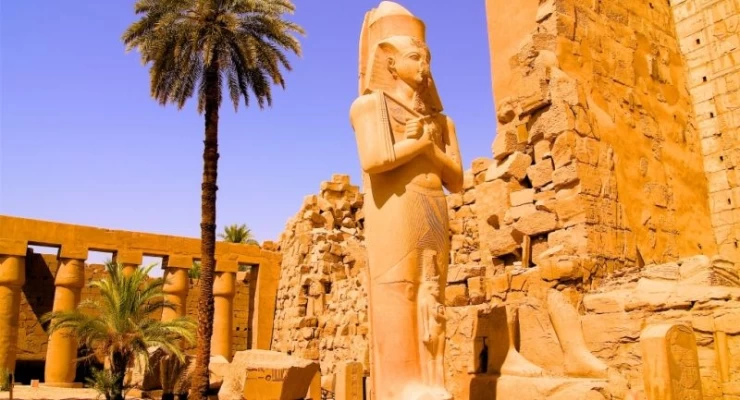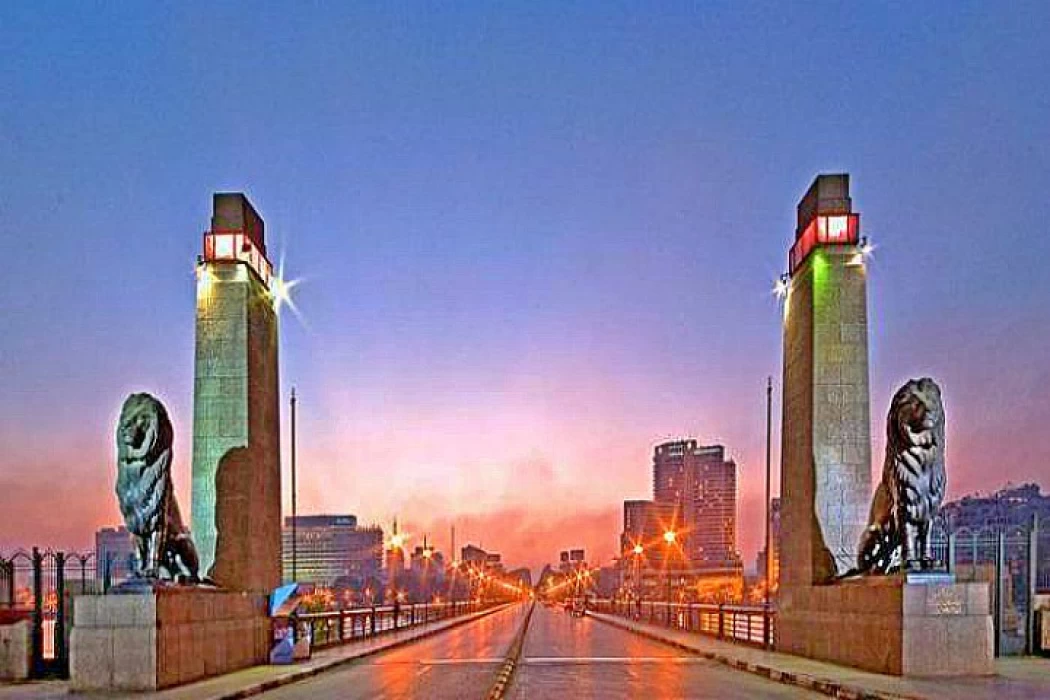
Qasr El Nil Bridge
Under Khedive Ismail's rule, Egypt saw unheard-of urban growth as he aimed to transform Cairo into a slice of Europe. In Gezirah, which is now Zamalek, he had the idea to build a bridge connecting Ismailia Square to the western bank of the Nile, much as in European countries where a bridge connects the banks of the city. Egypt inaugurated the era of bridges in 1869 when the khedive Ismail requested that a bridge be built, and the Egyptian government responded by hiring a French construction company.
It was once called the Khedive Ismail Bridge since it was his idea to build it. In reference to its current name, it was named for the previous Qasr El-Nil Palace, the home of Princess Nazly Hanem, the daughter of Mohammad Ali Pasha, which served as the Ministry of Foreign Affairs' headquarters.
Qasr El-Nil Bridge was officially opened in 1872 and quickly became the main thoroughfare in the capital. Even though anybody may cross the bridge, the Egyptian government issued an order requiring a pay for anyone wishing to do so, with the exception of children under the age of six.
It is worth mentioning that the four bronze lion statues in Qasr El-Nil were to stand at the gates of Giza Zoo, but instead, Khedive Tawfiq put them at the ends of Qasr El-Nil Bridge to befit the glory of his father’s name. Hence, the four lions became an essential part of Qasr El-Nil Bridge’s design.
The Authority of Roads and Bridges launched a project to rebuild the bridge during the reign of King Fouad as it was unable to withstand the rapid urbanization and population expansion. King Fouad dedicated the newly constructed Qasr-El-Nil Bridge in 1933.
Latest Articles
Admin
Aswan Governerate in Egypt
One of Egypt's southern governorates is Aswan Governorate. The city of Aswan serves as its capital. At a latitude of 22 north of the equator (also known as the Tropic of Cancer), it is bounded to the north by the Qena Governorate, to the east by the Red Sea Governorate, to the west by the New Valley Governorate, and to the south by the Republic of Sudan.
Admin
Luxor Governorate Egypt
The capital of the Arab Republic of Egypt is Luxor City, which was once known as "Thebes City" because it served as Egypt's capital during the Pharaonic era. It is situated in the South Upper Egypt region, approximately 670 kilometers from the capital Cairo from the south. It is bordered on the north by Qena Governorate, on the south by Aswan Governorate, on the east by Red Sea Governorate, and on the west by New Valley Governorate.
Admin
History of kafr El Sheikh Governorate
Kafr El Sheikh Governorate is an Egyptian governorate, located in the northernmost part of Egypt in the Nile Delta, with Kafr El Sheikh as its capital. It had a population of 3,172,753 in 2015 and an area of 3,748 km². Its entire area is located north of the delta and overlooks the Mediterranean Sea. The main economic activity of the residents of the governorate is agriculture and fishing, especially the southern lands of the governorate and the lands overlooking the Nile River - Rosetta Branch.
Admin
Egypt's New Administrative Capital
The New Administrative Capital is located between the Cairo-Suez and Cairo-Ain Sokhna roads, 60 km from Cairo and the same distance from Ain Sokhna and Suez. The New Administrative Capital is located on the border of Badr City, in the area between the Cairo-Suez and Cairo-Ain Sokhna roads, just after New Cairo, Mostakbal City and Madinaty.
Admin
Al Gharbia Governorate
Gharbia Governorate is one of the governorates full of archaeological sites, whether they are places or facilities (mosques, churches), as the governorate is a destination for visitors to these places throughout the year, whether they are Egyptians from the different governorates.
Admin
Hamata Islands (Qulaan Archipelago) in Marsa Alam
The Hamata area, south of Marsa Alam in the Red Sea, is one of the most important parts of the Wadi El Gemal Reserve, whether in the desert or the sea. It was named after the sorrel plant, which was distorted to Hamata.







